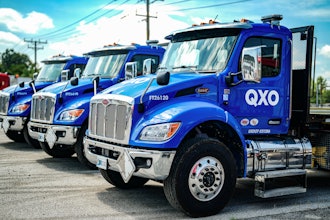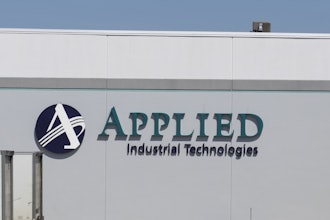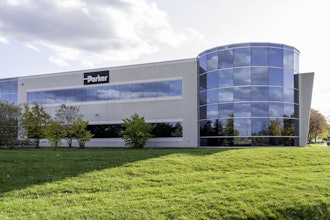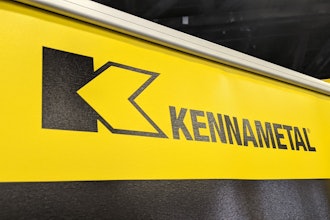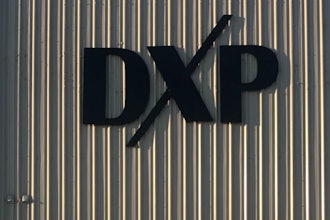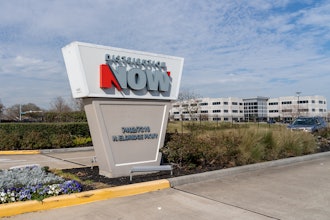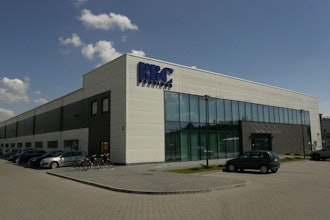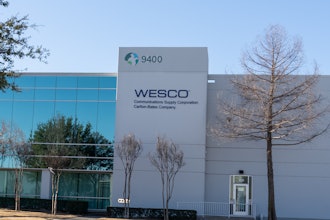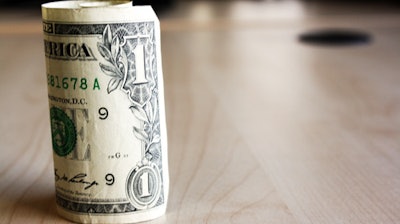
Every day, manufacturers develop and improve the designs of their products, along with the associated production processes. The Research & Experimentation tax credit, also referred to as the “R&E”, “R&D” or “Research” tax credit incentivizes companies to conduct these activities.
First enacted in the early 1980s, the credit was available only to companies that fit a more traditional definition of research (think test tubes and lab coats!). This was due to the so-called “Discovery Test”, which generally required a patent or at least a patent application to demonstrate that what was being claimed was “new to the world”.
In 2004, the Discovery Test was removed, since then the requirement is only for the innovation to be new to the company, meaning that manufacturers can take advantage of the R&E tax credit using technologies available for years.
How It Works
While many manufacturers may think the research tax credit does not apply because they don’t conduct research in a traditional sense, companies often find they can utilize the credit for activities performed on a daily basis. For example, firms that develop and/or improve proprietary products but outsource the manufacturing of these products can claim the credit just for product development activities.
Manufacturers such as plastic injection molders, precision machine shops, and foundries can often claim the credit for developing manufacturing processes and designing tooling for components produced for their customers.
The outcome of the projects is not a factor, expenditures can be claimed whether the project is successful or not. There is no application process for the federal credit, as once the credit is calculated, a form is included with the tax return. The net benefit of the credit, which is a dollar for dollar reduction of tax, is approximately eight percent of the qualified expenditures as described below.
What Qualifies?
Qualified Wages: The time associated with qualified activities can be claimed for the credit. This time is related to the wages of the employees that can be engaged in, supervising, or supporting qualified activities. In manufacturing companies, these often include process engineers and design engineers, as well as quality, maintenance, and in some cases production personnel.
Qualified Supply Costs: Supply costs include materials and tooling used in the production of prototypes or trial runs, and in some cases, production tooling sold to customers. Therefore, the costs of materials used to prove out both part designs (dimensions, mechanical properties, etc.) and manufacturing processes (quality, productivity, yield, etc.) can be included in the research credit calculation.
Contract Research: Activities that if conducted by employees of the taxpayer could be included as qualified research wages, potentially can be counted toward contract research if performed by a third-party contractor. Examples of these costs are outside testing (such as radiography or other NDT, or technical consulting).
Projects must satisfy what is referred to as the “four-part” test to be eligible for the R&E tax credit. Specifically:
- The “business component” test: projects can be a product, process, formula, technique, software or invention.
- The “technological information” test: the research conducted must fundamentally rely on the physical or biological sciences, or on the engineering disciplines.
- The “uncertainty” test: at the outset of the project there must be uncertainty as to the capability, method (process), or of the appropriate design of the product. In other words, were one or more alternatives considered for the design of the product and/or the process used to produce it?
- The “process of experimentation” test: substantially all of the activities designated as qualified must involve a process of experimentation. Examples of acceptable forms of experimentation include modeling, simulation, or systematic trial and error. In the manufacturing industry, this may include CAD modeling, machining process simulations, and the multiple attempts generally required to come up with a successful design and/or process.
Examples of Qualifying Activities in Manufacturing:
- Develop designs for new/improved products.
- Develop new/improved manufacturing processes.
- General process improvements (i.e. plant automation, material handling, cellular manufacturing).
- Part/component specific processes (i.e. CNC machining programming).
- Lean, C.I. initiatives.
- Design tooling (may be produced internally or outsourced).
- Produce prototypes/pilot production runs.
- Perform testing on prototypes (internal first article layouts or outsourced such as UL certification testing).
- Improve manufacturing facilities (production lines, expansions) i.e. productivity, quality, environmental improvements.
There have been many changes to the R&E tax credit over the past few years, many of which have been beneficial to the taxpayer. If your company has never taken advantage of the research credit, now is a great time to take a closer look. Even if you have been taking the credit in the past, make certain you are aware of these changes and are maximizing the available credits.
Richard Wile, MBA, is the partner-in charge of RubinBrown’s Research & Experimentation Tax Credit Services Group.












